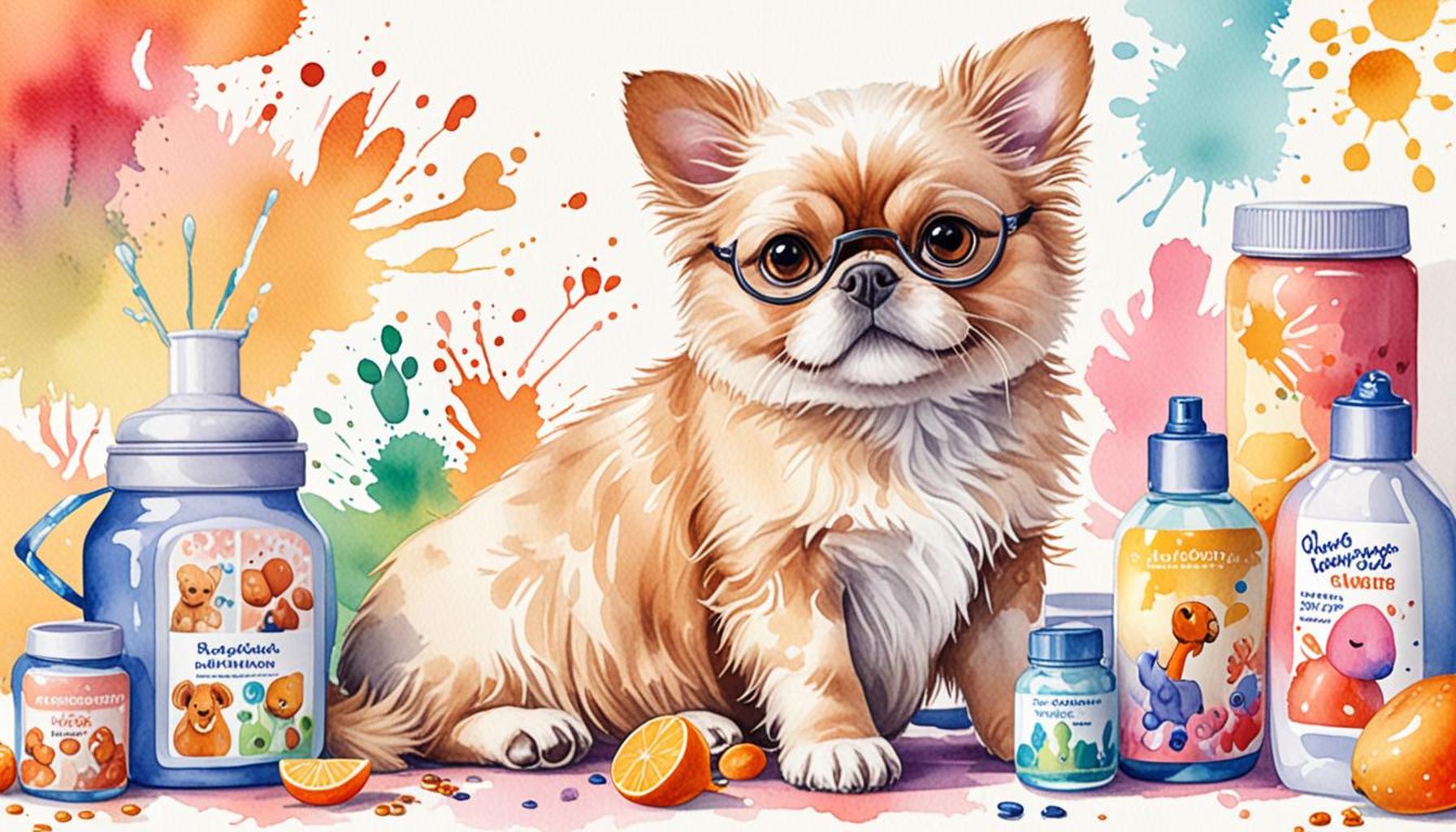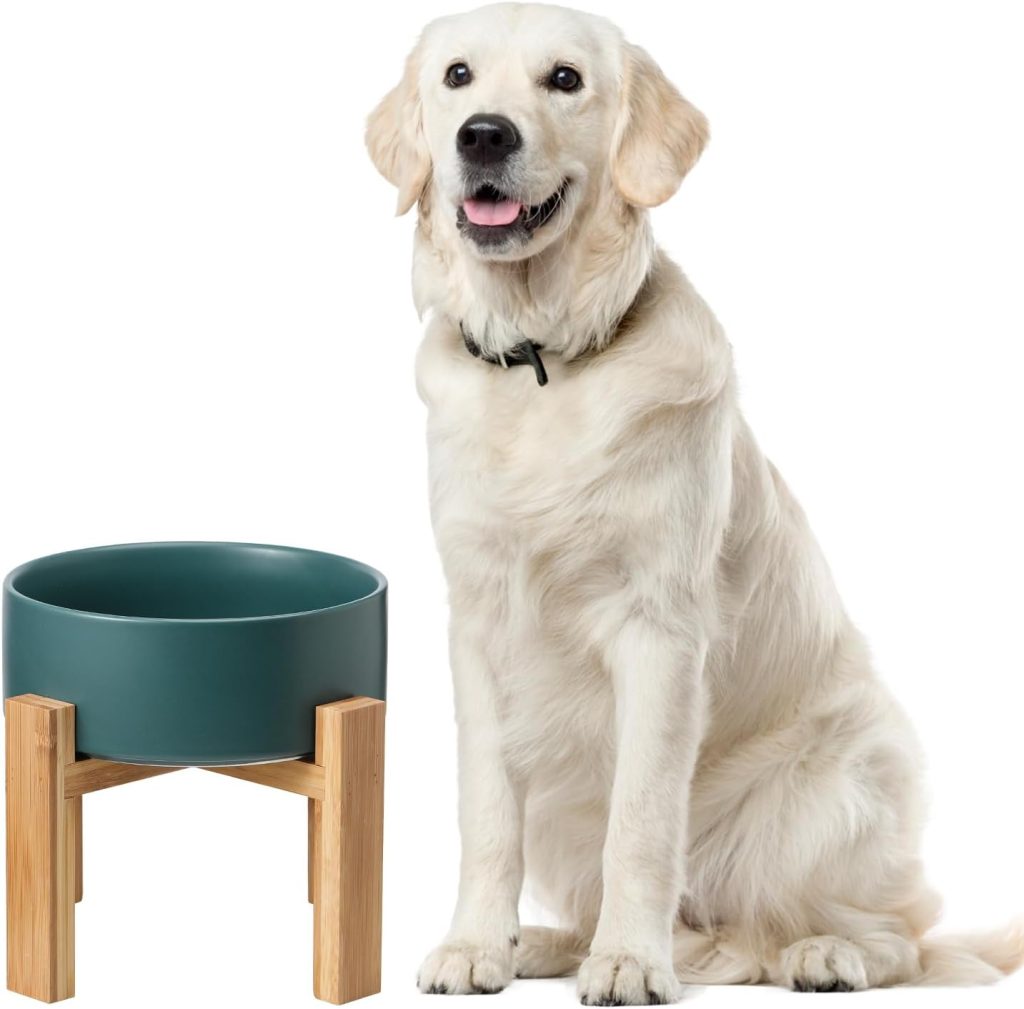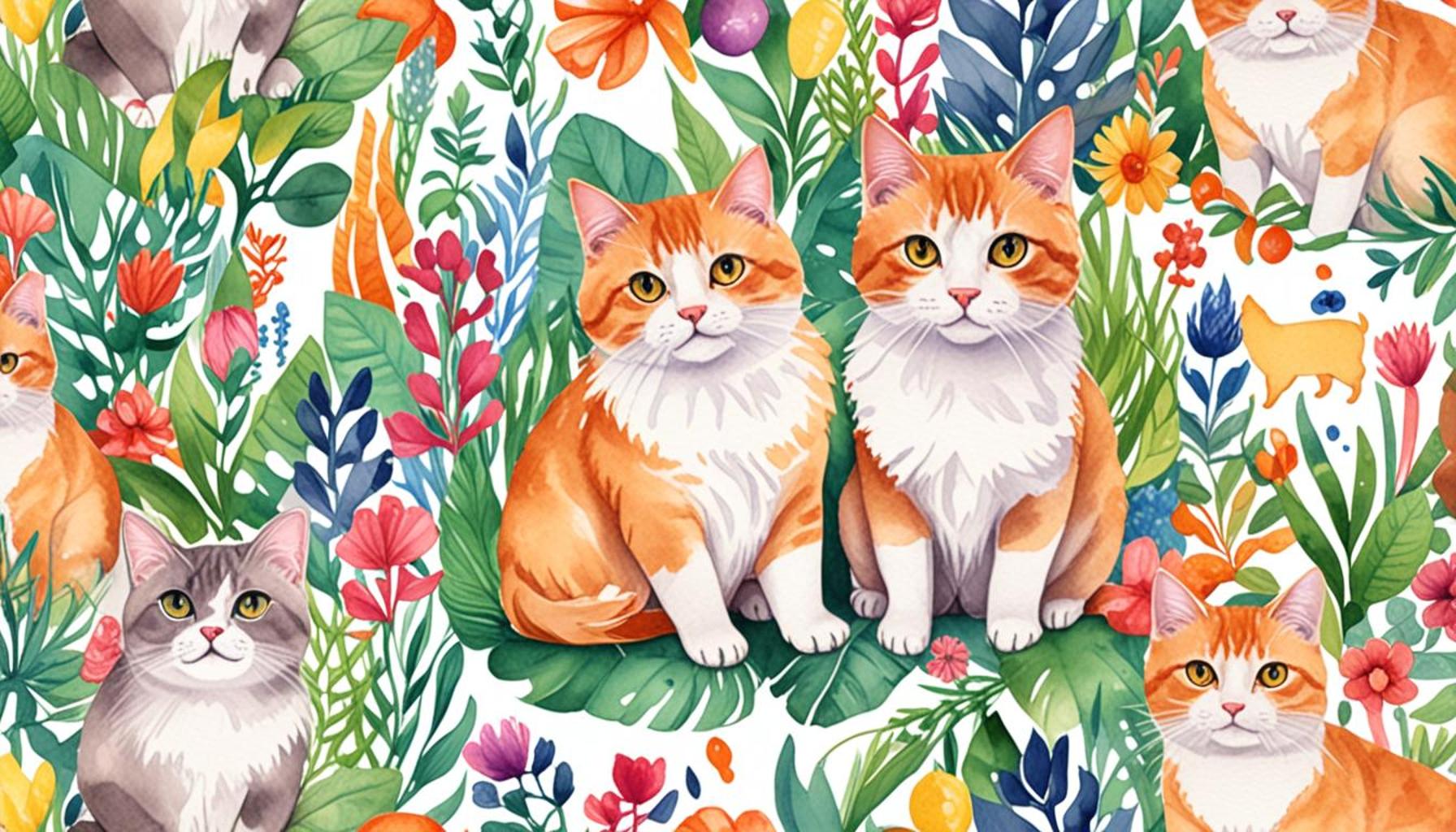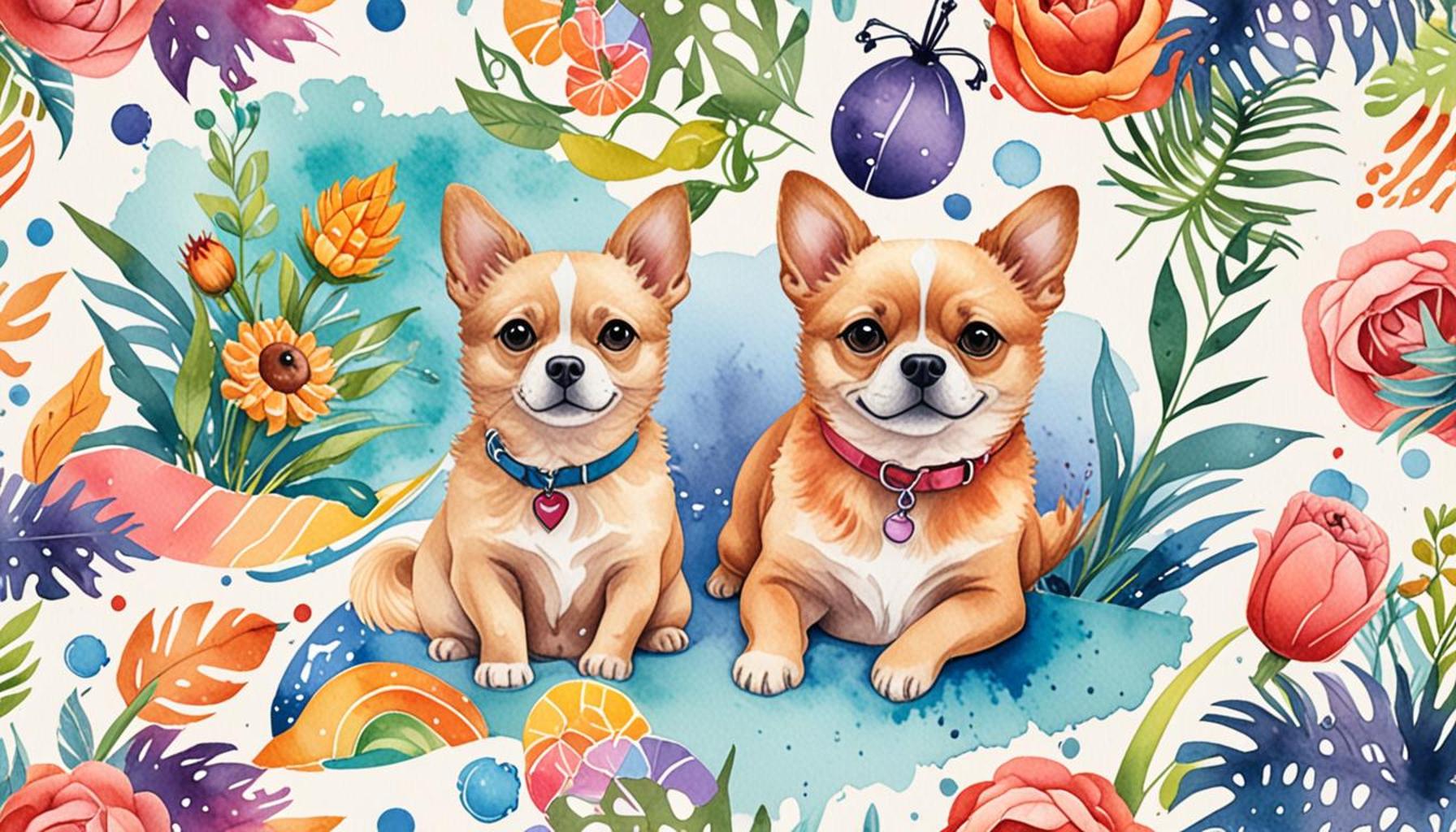The importance of ergonomics in products for elderly pet care

The Importance of Ergonomics in Elderly Pet Care
As pets age, much like humans, their physical capabilities and needs begin to shift dramatically. This natural progression necessitates a heightened awareness of their comfort and safety. The role of ergonomics in the design of pet care products has never been more important. These thoughtfully designed solutions not only enhance the quality of life for our aging companions but also alleviate the physical strain on their caregivers, creating a win-win situation.
Why Ergonomics Matters in Pet Care
Incorporating ergonomic principles into pet care products leads to numerous advantages. Here are some compelling reasons to consider:
- Physical Comfort: Ergonomically designed products, like sloped feeding bowls or padded harnesses, significantly minimize physical strain on pets with arthritis or mobility issues. For instance, raised food and water bowls can prevent pets from bending too low, thereby reducing discomfort during mealtime.
- Safety Features: Items designed with safety in mind often come with secure grips and intuitive mechanisms, which reduce the risk of injury for both pets and their owners. For example, a non-slip pet ramp provides a stable surface for an older dog to enter a vehicle without risking a fall.
- Better Interaction: Ergonomic products enhance user experience during interactions. A properly designed pet bed, supporting joints and providing warmth, encourages more restful sleep, which subsequently boosts an elderly pet’s mood and strengthens the bond they share with their owners.
Essential Ergonomic Products for Aging Pets
Key changes to your pet care routine can be greatly aided by specific ergonomic products. Items such as elevated food and water bowls not only improve accessibility for pets with mobility challenges but also encourage proper posture during feeding times.
Supportive pet beds designed with orthopedic foam provide firmer support for aging joints, ensuring deeper, more rejuvenating sleep cycles. These beds can be particularly beneficial for larger breeds, which may experience additional strain on their joints.
Additionally, specialized grooming tools like ergonomic brushes allow owners to gently groom their older pets. These tools often feature comfortable grips that reduce hand fatigue, making the grooming process more enjoyable for both the pet and the caregiver.

The Rising Demand for Ergonomic Solutions
As the population of elderly pets continues to rise in the United States, the need for innovative, ergonomic solutions grows significantly. In 2022 alone, over 70% of dog owners reported having a pet aged seven years or older, indicating a notable shift toward the elderly pet demographic.
By prioritizing ergonomics in pet care products, pet owners can create a supportive environment that can drastically enhance the quality of life for their furry friends. This proactive approach not only adds comfort but fosters overall well-being during their golden years.
As you continue your journey in caring for aging pets, consider the transformative power of ergonomic design. Investing in these thoughtfully crafted products could mean the difference between mere survival and a rich, vibrant life for your cherished companions.
DISCOVER MORE: Click here to learn about the benefits of socialization training
Transforming Daily Routines Through Ergonomics
Transforming daily routines for elderly pets and their caregivers begins with understanding the core principles of ergonomics. Ergonomics refers to the design of products to fit the needs and capabilities of users, while promoting comfort, efficiency, and safety. As our beloved pets age, they often face challenges such as reduced mobility, joint pain, and sensory decline. This makes the selection of ergonomically designed pet care products essential for enhancing their quality of life.
Consider the act of feeding, which is a primary daily routine for all pets. Traditional food bowls can pose challenges for older animals. They may struggle to reach down, leading to discomfort or the potential for dropping food. A simple shift to elevated feeding stations can make a substantial difference. These designs elevate the height of the bowls, allowing pets to eat in a more natural position. Not only does this minimize strain on their necks and backs, but it can also assist with digestion, reducing the risk of bloat, a serious concern in some older dogs.
Another significant aspect of elderly pet care is mobility assistance. For pets dealing with arthritis or other joint issues, navigating everyday environments can be daunting. A quality pet ramp or stair provides a safe and gentle way for pets to access places once routine, like getting into a car or up onto a couch. Unlike ladders or steep steps, these ramps are designed with non-slip surfaces and gentle inclines, reducing the risk of falls and injuries.
- Specialized harnesses: These products distribute weight evenly across a pet’s body, making it easier for caregivers to assist aging pets when walking or climbing stairs.
- Supportive orthopedic beds: Unlike standard pet beds, orthopedic beds are designed to reduce pressure points and provide critical support, alleviating discomfort from arthritis and other painful conditions.
- Ergonomic grooming tools: Tools with comfortable grips and lightweight designs help prevent hand fatigue for caregivers while ensuring that pets receive the attention they need for skin and coat health.
Such ergonomic solutions are not merely conveniences; they represent a necessary investment in the well-being of aging pets. Furthermore, the emotional and psychological benefits of these products can be profound. When pets are comfortable and able to engage more freely with their environment, they experience less stress and anxiety, leading to a much happier demeanor. This creates a cycle of positive interactions between pet and caregiver, strengthening their bond and enhancing the overall caregiving experience.
In recognizing the importance of ergonomics in elderly pet care, it becomes clear that the products we choose can significantly impact both the physical and emotional health of our pets. This thoughtful consideration allows owners to provide a nurturing atmosphere essential for their animal companions as they navigate the challenges of aging.
The Importance of Ergonomics in Products for Elderly Pet Care
As our beloved pets age, their needs evolve, necessitating special attention to product design. One critical aspect is ergonomics—the science of designing products to enhance comfort and usability. This principle is increasingly vital in elderly pet care products, from elevated feeding stations to pet carriers. Implementing ergonomic designs can significantly improve the quality of life for both pets and their owners, allowing for more comfortable interaction and ease of use.Consider the impact of an ergonomic pet bed tailored for aging joints. These thoughtfully designed beds offer proper support, ensuring that pets experience less discomfort and can achieve deeper, restorative sleep. Similarly, products like heating pads or orthopedic mats utilize ergonomic principles to help manage the discomfort associated with arthritis or other age-related ailments.Another crucial element is the ease of use for pet owners. Items such as litter boxes with low entry points or ramps instead of stairs allow elderly pets to maintain their independence without straining themselves. For owners, it can significantly reduce the risk of injury when handling their pets or their supplies, fostering a more enjoyable experience for both parties.To illustrate these aspects further, we’ve created an informative table below that outlines the key advantages of integrating ergonomics into elderly pet care:
| Category | Benefits |
|---|---|
| Comfort for Pets | Enhanced sleep and reduced joint pain through supportive designs |
| Ease of Use for Owners | Reduction of physical strain while caring for aging pets, fostering a safer environment |
This approach to product design demonstrates a commitment to both the well-being of our elderly pets and the peace of mind of their caretakers. Innovations in ergonomics not only address physical challenges but also enhance the bond between pets and their owners, making daily tasks easier and more enjoyable.
DIVE DEEPER: Click here to discover more
Enhancing Comfort and Independence
As pets age, their ability to perform everyday activities such as climbing stairs or entering vehicles may diminish. Consequently, ergonomic designs become crucial not only for comfort but also for fostering a sense of independence in elderly pets. These thoughtfully engineered products can empower pets, helping them reclaim their freedom while reducing the burden on their caregivers.
One area where ergonomics plays a pivotal role is in the design of elevated feeders and bowls. As previously noted, elevating the food and water bowls can minimize the physical strain on pets, allowing them to dine more comfortably. However, this concept extends beyond just height. Many elevated feeders now include adjustable heights, which can be tailored as pets age and their mobility changes. For example, a feeder that can be modified to suit both a small dog and a senior Great Dane offers versatility, ensuring optimal feeding conditions throughout a pet’s life.
Additionally, grooming supplies with ergonomic features can greatly benefit both pets and their caregivers. For example, brush handles designed for a comfortable grip can alleviate hand fatigue, making regular grooming sessions enjoyable and efficient. This is especially beneficial for larger breeds, where extra reach and comfort can make all the difference. Grooming isn’t just about aesthetics; it plays a vital role in maintaining skin health and early detection of medical issues common in aging pets, such as lumps or skin irritations. As a result, creating a comfortable grooming experience encourages regular maintenance, improving overall health and well-being.
An often-overlooked aspect of elderly pet care is potty solutions. For many older pets, the need for quick and easy access to outdoor spaces can become a challenge. Products incorporating ergonomic principles, such as non-slip pet mats or easy-to-open pet doors, facilitate this need. By ensuring that pets can move effortlessly from indoors to outdoors, pet owners can reduce the risk of accidents and promote a desirable level of autonomy for their furry companions.
- Accessible litter boxes: Innovative designs featuring low sides allow for easy entry and exit for senior cats, while still maintaining a sense of enclosure and security.
- Hydration solutions: Ergonomically designed water dispensers or fountains not only cater to ease of access for older pets but also encourage hydration, which is critical for their overall health.
- Adjustable pet elements: Bed lifting devices or hydraulic lifts for medium-sized pets enable owners to assist their furry friends without straining their own backs, thereby enhancing care routines.
In conclusion, whether it’s for feeding, grooming, or bathroom needs, integrating ergonomic designs into elderly pet care products is essential in ensuring that both pets and their caregivers can navigate life’s daily activities with ease. These innovations are not mere luxuries; they are increasingly becoming necessities that enhance the lives of aging pets, allowing for independence, comfort, and an enriched quality of life, fostering a harmonious relationship between pets and their humans. As pet owners become increasingly aware of these ergonomic solutions, they not only improve their pets’ experiences but also elevate the standards of care in pet ownership overall.
LEARN MORE: Click here for tips on crate training
Final Thoughts on Ergonomics in Elderly Pet Care
In summary, the integration of ergonomic principles into products designed for elderly pet care is not only a trend but a necessity. As our furry friends age, their physical capabilities decline, making it essential for pet owners to consider how products can assist in maintaining their comfort, health, and autonomy. Ergonomically designed items, including adjustable feeders, comfortable grooming tools, and accessible potty solutions, enable elderly pets to manage their daily tasks with greater ease and dignity.
Moreover, investing in ergonomic products positively impacts the well-being of both pets and their caregivers. By reducing the physical strain on owners while facilitating pet care routines, these innovations foster a better relationship between pets and humans. This is particularly significant as nearly 70% of U.S. households own at least one pet, many of which may face age-related challenges. Consequently, raising awareness about ergonomic options available on the market can empower pet owners to make informed choices that enhance the quality of life for their beloved companions.
Looking ahead, the pet care industry must continue to prioritize ergonomics in product design. This focus will not only improve the experience for aging pets but also redefine the standards of care that pet owners expect. Therefore, as we nourish our pets in their twilight years, let us embrace ergonomically designed solutions that support their needs, ensuring that they lead fulfilling, independent lives. For pet owners keen on exploring these advancements, the journey into a world of ergonomic pet care is just beginning, offering many opportunities for improved pet well-being.


